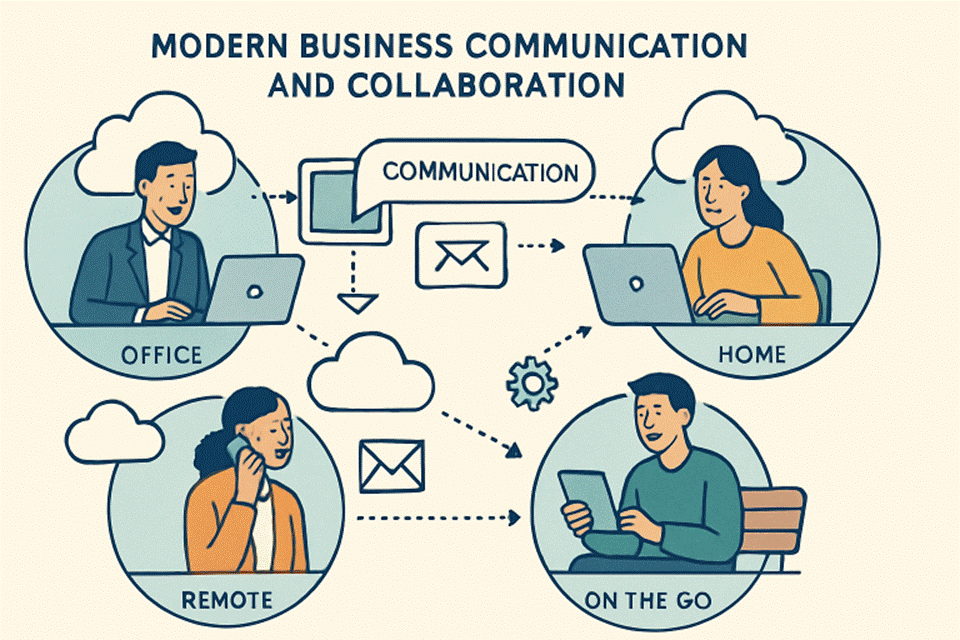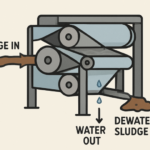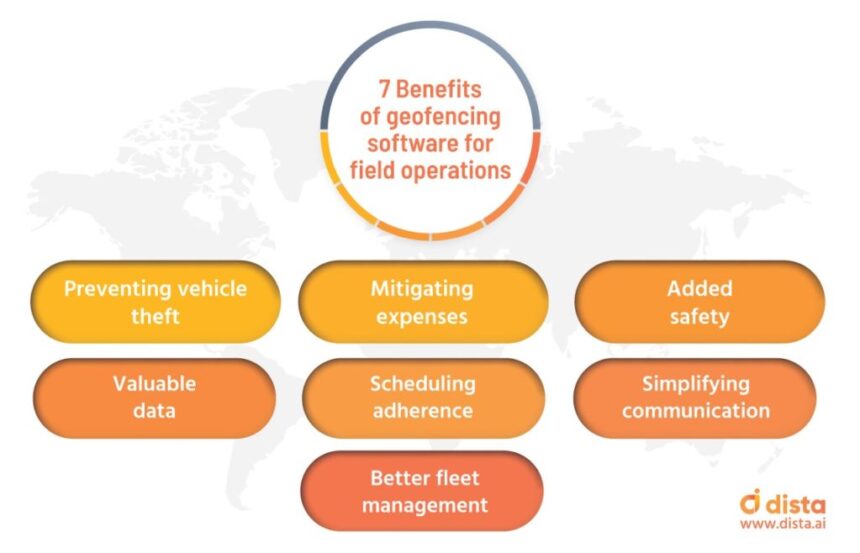Increasingly, operators of vehicle fleets such as shared electric scooters, delivery trucks, and school buses are turning to a technology called geofencing to ensure the safe, efficient, and proper use of their vehicles. The ever-declining cost of technology makes it possible to cost-effectively track and manage professional and fleet assets.
What is Geofencing?
According to Dev Bhatia, director of marketing at Momentum IoT, a geofence is a virtual border that is drawn around a location or area on a map. This limit is typically set by a fleet manager and managed through a desktop or laptop application.
“To set up a geofence platform,” he explains, “you need three things: a small ‘edge’ device that can establish the GPS location of an asset, a connection from that device to a cloud server, and a server. an app on a smartphone or desktop computer.
Bhatia added that geo-fencing devices, which are attached to a vehicle or other asset to track, are typically the size of a cell phone and enabled by a GPS chipset. They can be plugged into the vehicle’s power system or use small, portable batteries. The devices are typically rented from fleet operators for a few dollars a month per vehicle.
thinking outside the fence
The benefits of geofencing are as varied as its applications. Edge devices are often paired with accelerometers, for example, allowing fleet managers to know not only where their vehicles are, but also when they stop and start moving.
For example, school bus fleet operators can use geofencing to ensure that bus drivers do not exceed the speed limit, leaving their designated routes or in one place. Too long, all of which can add expense and liability to the school district’s ledger. . Geo-fencing can also help fleet managers to monitor and verify the driving behavior of their bus operators, should the local community ever question it.
Read More : Digital Twin Technology
According to Bhatia, geofencing can also help utility truck or plumbing truck fleet operators optimize their routes, which can increase both operational efficiency and cash flow for the business.
“A service truck operator can place a location pin at each job site and then build a geofence around each pin,” he explains. “With the geofencing app, the fleet manager can monitor when vehicles enter and leave service locations and decide in real time which truck is closest and closest to the next job site. Most available.”
Ensuring safe and responsible driving
Micro mobility startup Super pedestrian uses geofencing to monitor the behavior of its LINK electric scooter users.
Super Pedestrian recently introduced a new app called Pedestrian Defense that monitors both the speed and location of its fleet of scooters at all times, according to Lou Alejo, a software engineer with the company. This data helps ensure the safety of LINK riders and compliance with local city ordinances.
Read More: Tech New
“Pedestrian defense uses a combination of GPS data, scooter sensor data, and machine learning to pinpoint the location of the scooter,” says Alejo. “It then maps this data against the rules of geofenced areas to ensure that cyclists follow local rules at all times.”
In cities where e-scooters are not allowed on sidewalks, for example, the LINK app brings the scooter to a complete stop seconds after someone tries to ride it on the sidewalk. Detects and prevents incorrect driving and aggressive rotation. And at the end of the trip, it imposes the safe parking of the scooter.
Take care of business
As the cost of producing and leasing geofencing technology has dropped, Bhatia notes, so has the size of objects and assets that can now be tracked with geofencing technology.
Read More: Benefits of Data Room Technology
His company offers a beacon-like device called a Tully that can be attached to individual tools. A geofence placed around a GPS-enabled device on a truck carrying those tools can help a construction manager know, for example, if tools are no longer within the geofence and may be left behind.
“Geofencing combined with Toolies can definitely help fleet managers track smaller, less expensive assets without the need for many phone calls.













